Gluten-Free Coconut Flour Pizza Crust
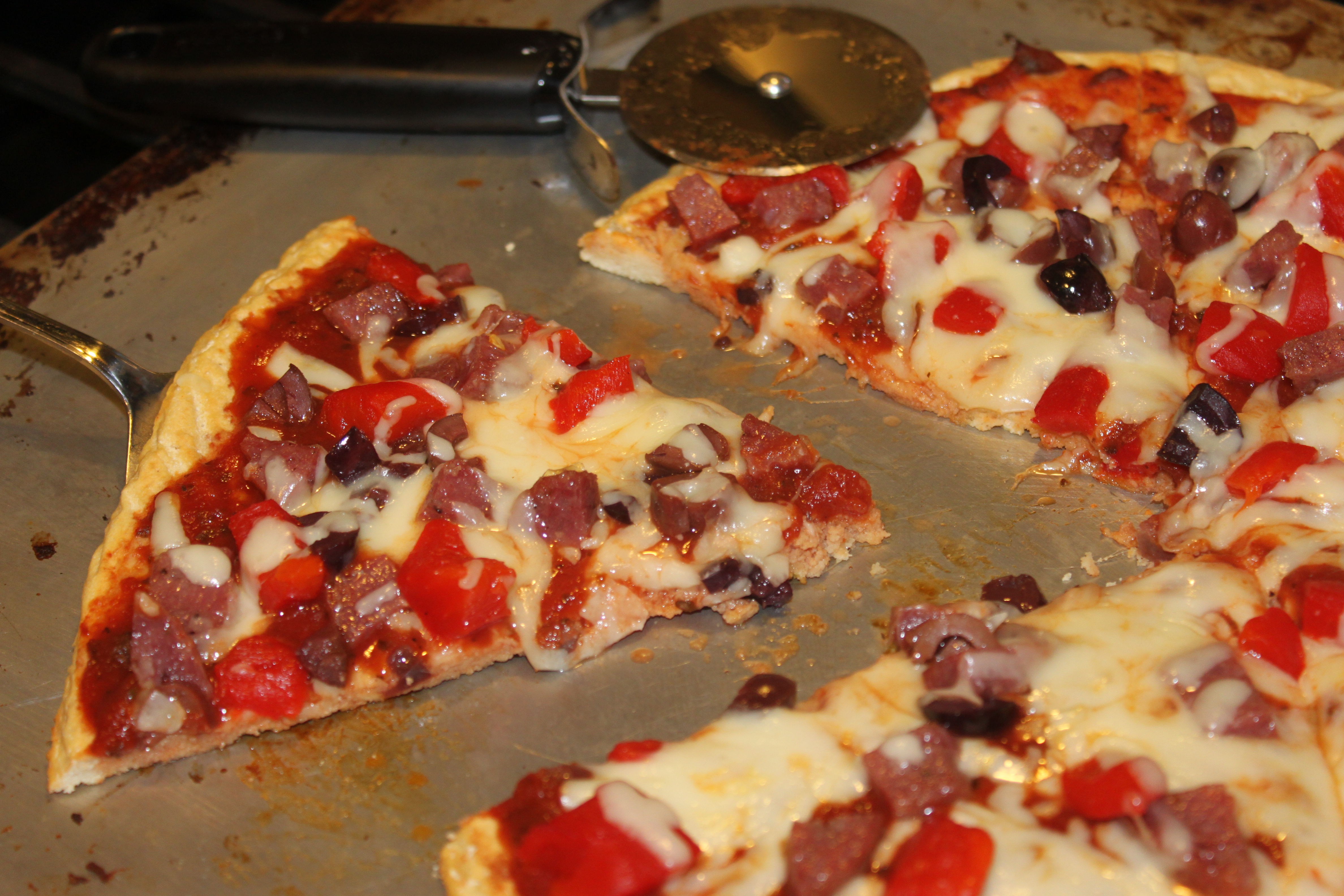
I currently have five types of flour in my cupboard: white, wheat, rice, coconut and almond. So far, I’ve held off on adding tapioca and chickpea flours to the mix. Gotta keep things reasonable, right? While I’m not gluten intolerant and include wheat in my diet fairly regularly (I had a veggie sandwich on multi-grain wheat bread just yesterday), one of my current cooking fascinations is learning about my alternatives. I love understanding my options in the kitchen. Plus, a lot of people claim gluten-intolerances these days, and I want to be able to cook for them.
How tricky can it be? You can just substitute any flour you want for the flour a recipe calls for, right? Wrong. Different flours, especially non-wheat flours, vary greatly in their level of absorbency. Coconut flour is probably the furthest from wheat-based flours that I’ve experienced yet.
Coconut flour is extremely absorbent, meaning it’s easy to make things too dry. This chart gives you an idea of what I’m talking about. You can see just how much additional wet ingredients coconut flour requires. If you tried substituting it into your pancake recipe 1:1, you wouldn’t even be able to stir.
We liked this recipe, although I found it to be much more caky than a typical crust. It doesn’t have the chewiness of my ideal pizza crust, and I’d call it on the verge of being too dry. While Courtney couldn’t take the coconut flavor, I could. It’s not overpowering, but if you hate coconut this could be a problem for you. I would describe this crust as doing a wonderful job delivering the toppings to your mouth, but not adding a whole lot in and of itself (I should add that for me, a crust that does add to the pizza is an exception not a rule). From the sauce to the cheese to the crust, there is a lot of taste involved in defining the ideal pizza, and I would venture to guess that some will even prefer this texture to the standard wheat crust. If you can’t eat gluten, this is an excellent option to allow you to still enjoy pizza!
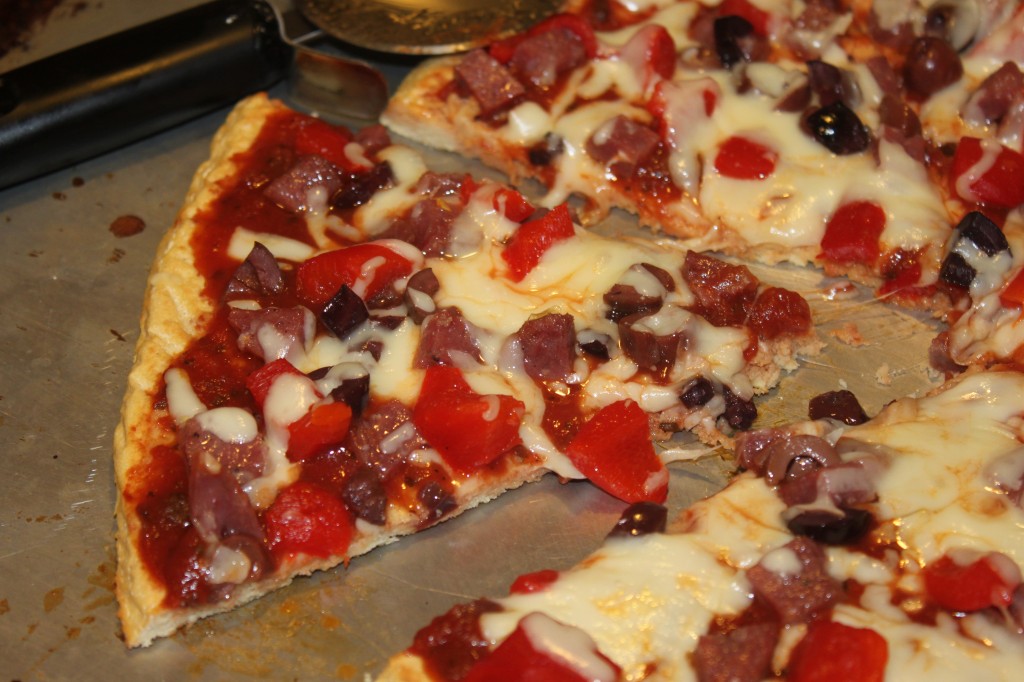 If you’re on a diet, there are other benefits to a coconut flour crust. It’s lower calorie and much lower carbohydrate without being less filling. Let’s take a look…
If you’re on a diet, there are other benefits to a coconut flour crust. It’s lower calorie and much lower carbohydrate without being less filling. Let’s take a look…
Per slice
White pizza dough: 130 calories, 23 carbs, 2g fat, 5g protein, 2g fiber
Honey wheat pizza dough: 133 calories, 26 carbs, 2g fat, 5g protein, 5g fiber
Coconut flour pizza dough: 88 calories, 6 carbs, 5g fat, 4g protein, 3g fiber
When you’re factoring in two slices per serving, you can see where this starts to add up. Regardless of whether you’re gluten-intolerant, on a low carbohydrate diet or simply want to understand your pizza options, I recommend giving this crust a try!
Other gluten-free pizzas to try…
Cheesy Cauliflower Crust
Chickpea, Quinoa and Kale Crust
Gluten-Free Coconut Flour Pizza Crust
Adapted From Gutsy
Ingredients:
- 3 large eggs
- 1/2 tsp sea salt
- 1/2 cup coconut flour
- 1 cup light coconut milk
- 1 tsp onion powder
Ingredients:
- Combine all ingredients a bowl and mix very well until no clumps are visible. Let the batter sit for a few minutes until the coconut flour get all absorbed.
- Use a spatula to spread the dough onto a cookie sheet on top of parchment paper. You can decide how thick you want the crust, whether you want a square or round pizza, etc.
- Bake at 375 for 25-30 min until golden brown on bottom. You can bake it a little longer to make it crunchier.
- Slide the parchment paper out from underneath, or if you are feeling brave flip it onto the cookie sheet. Top with sauce, cheese, and toppings and cook for an additional 10 min until cheese is melted.
Serves 3-4
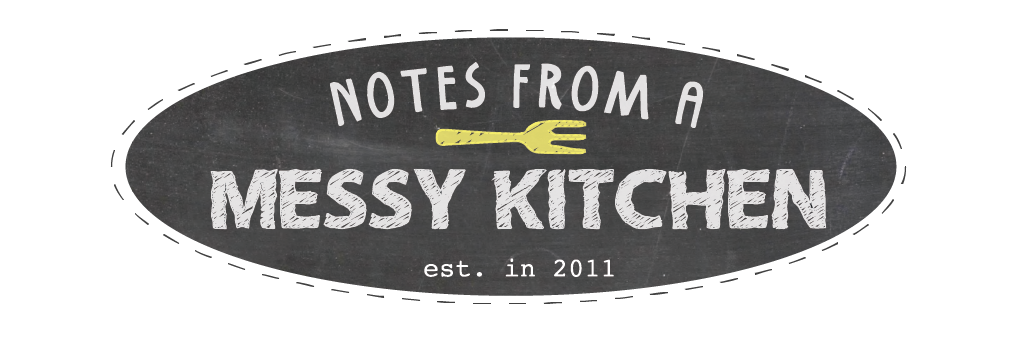
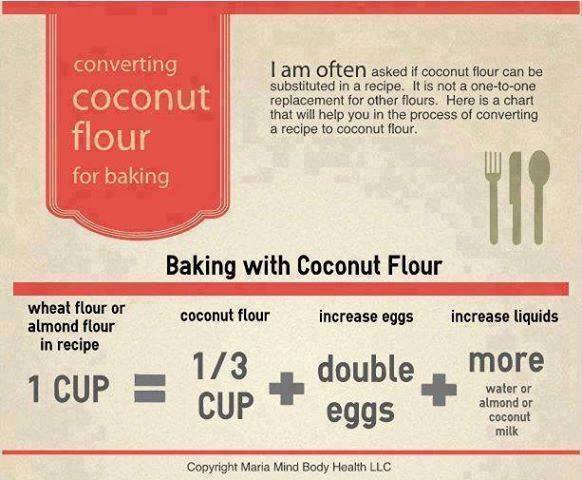
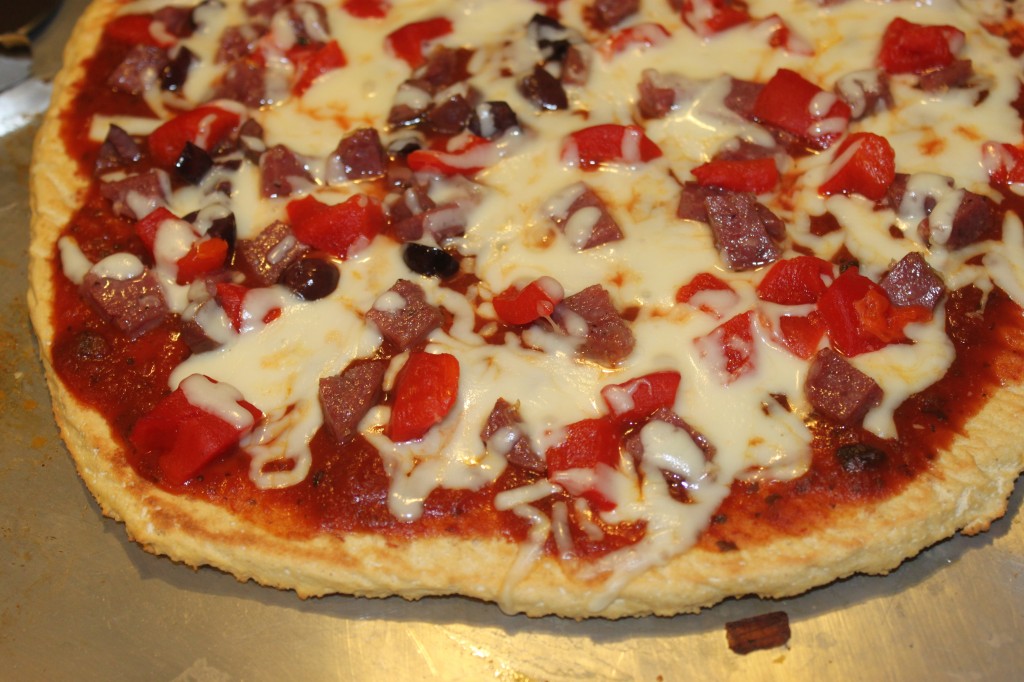
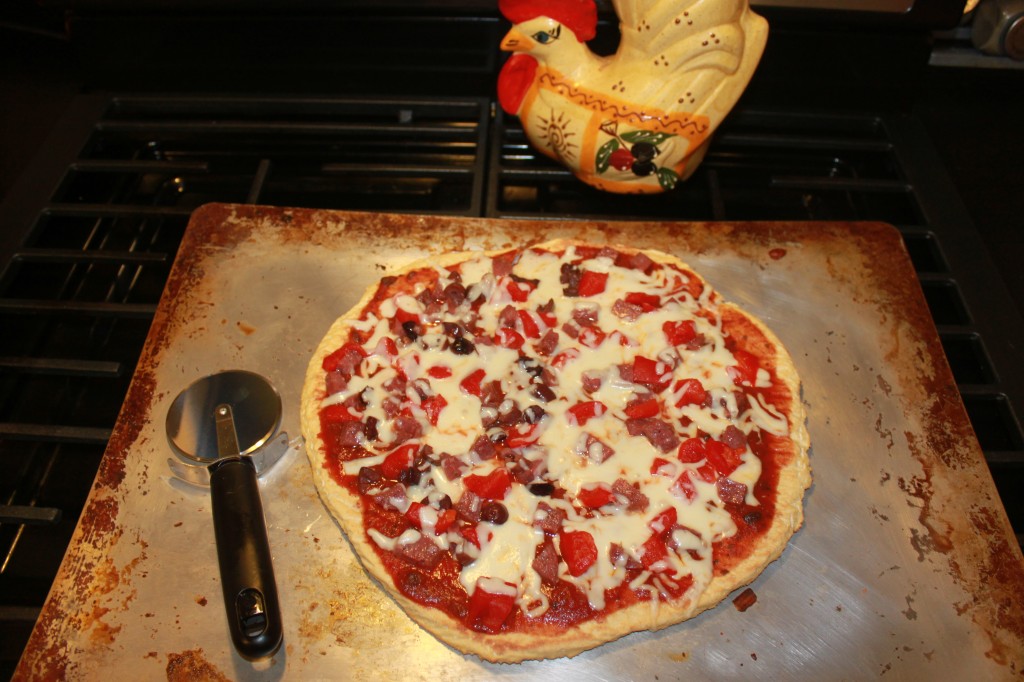
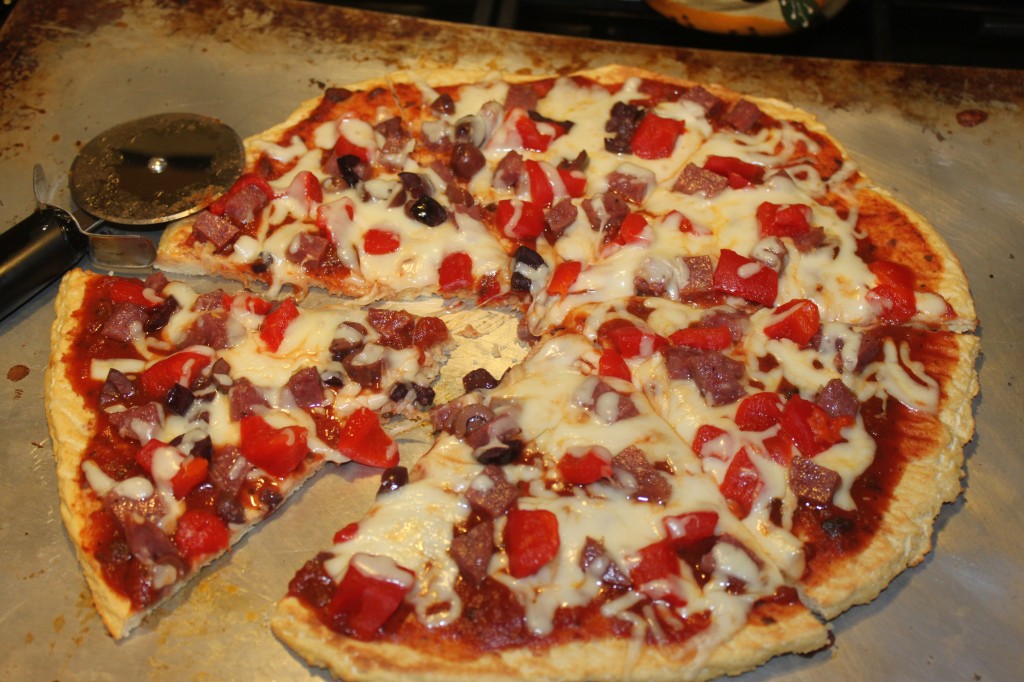
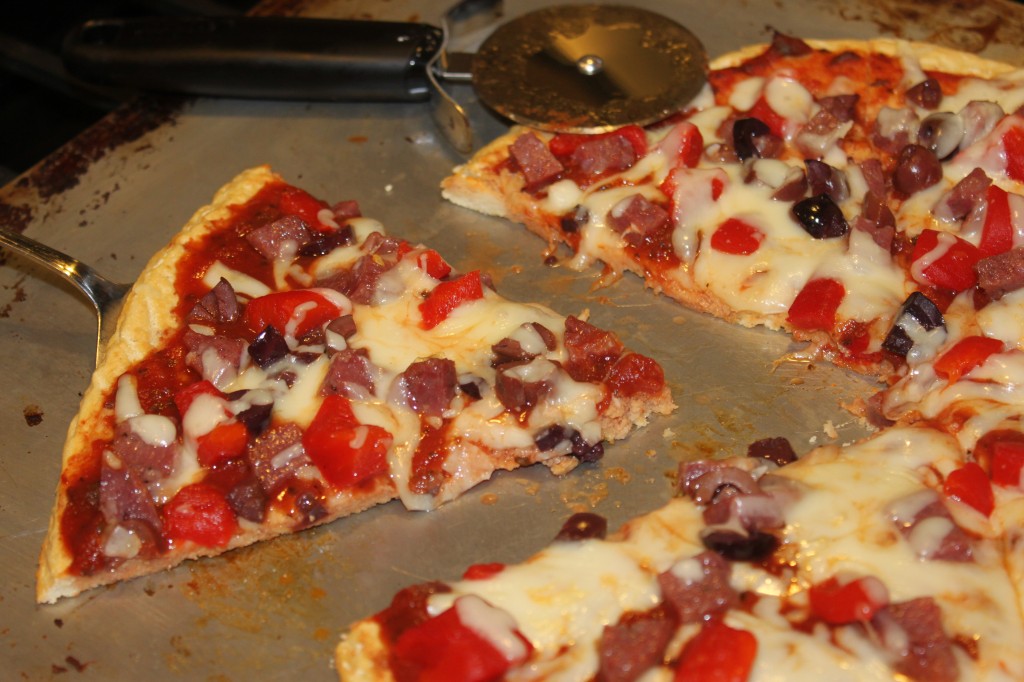
[…] pesto is incredibly versatile! We enjoyed it spread over smoked lamb as well as on a coconut flour crust pizza with beets, walnuts, basil, grilled chicken and […]